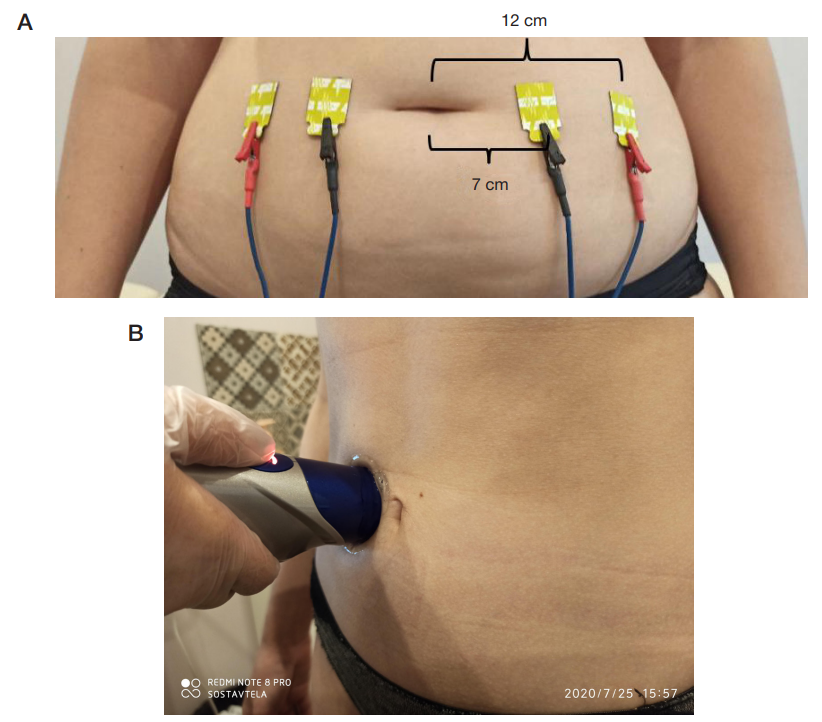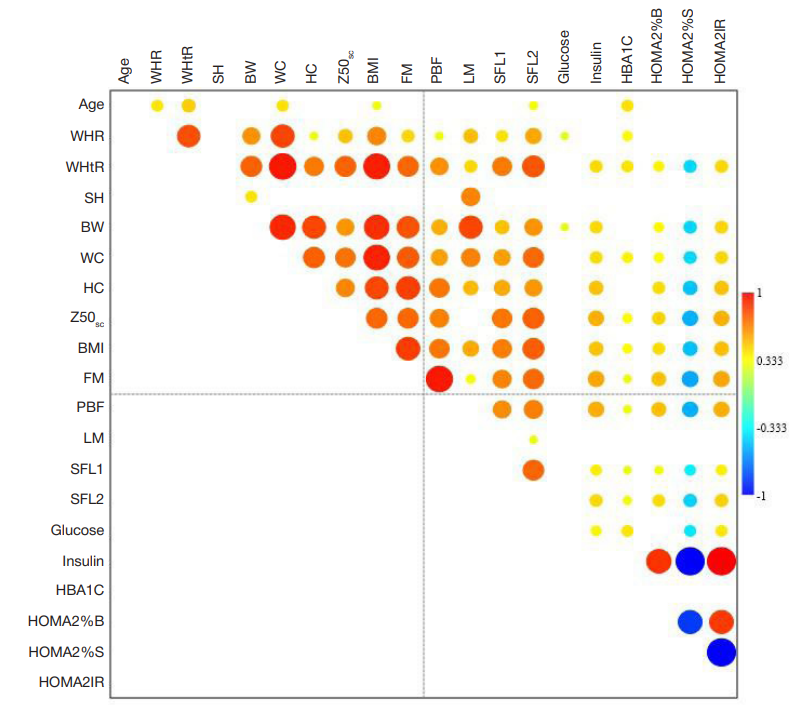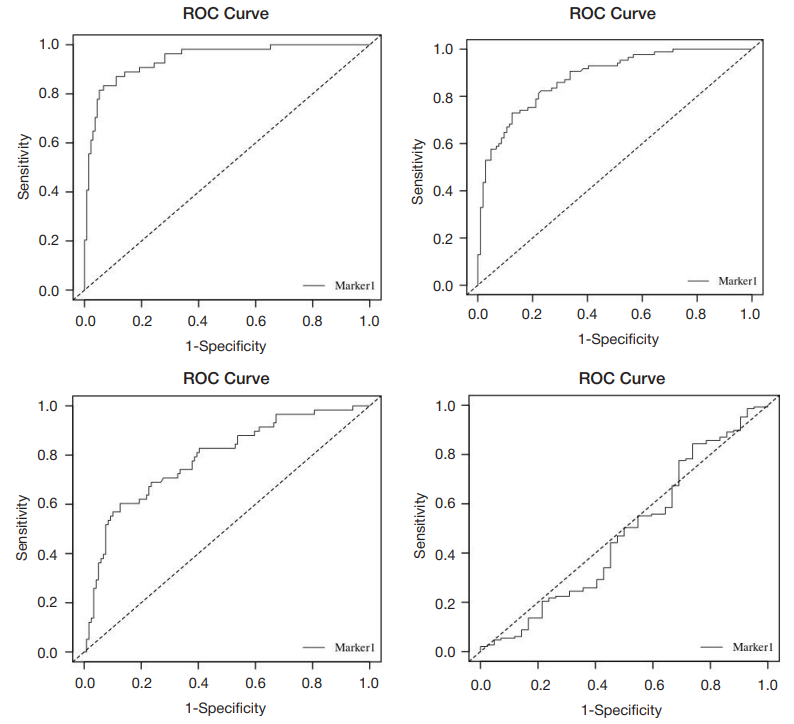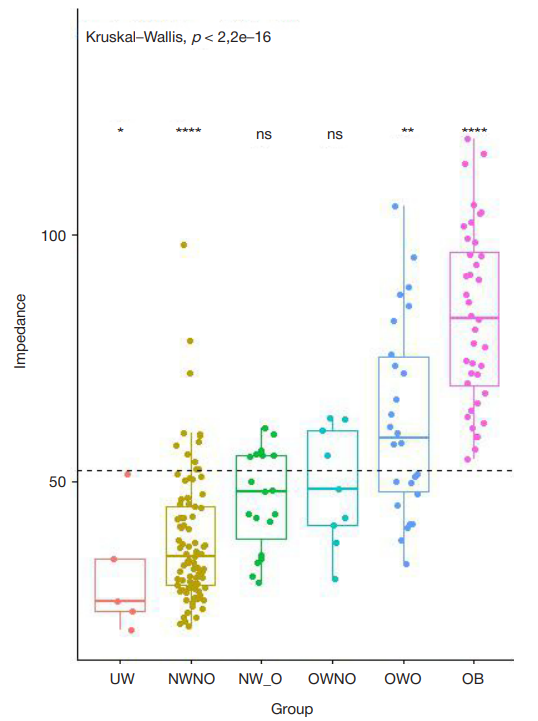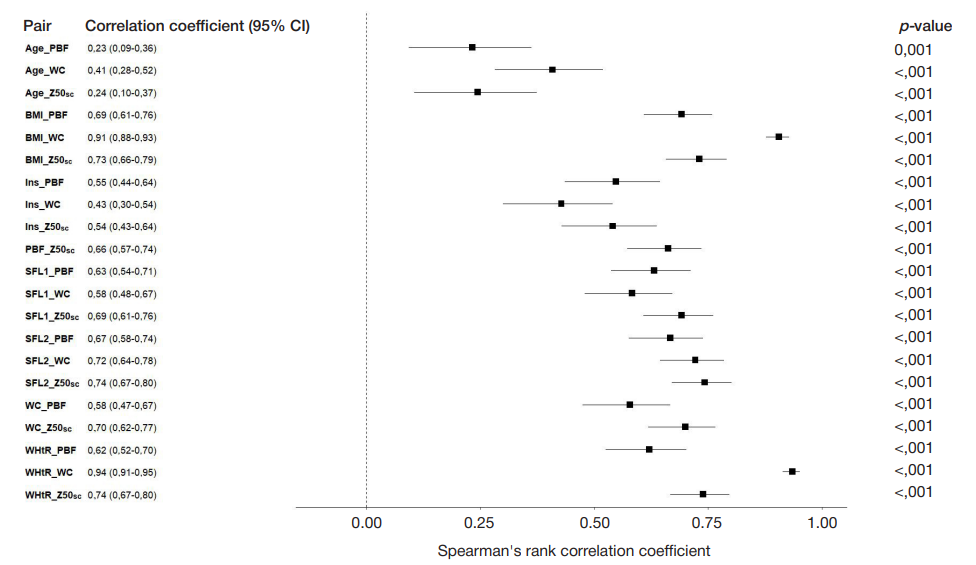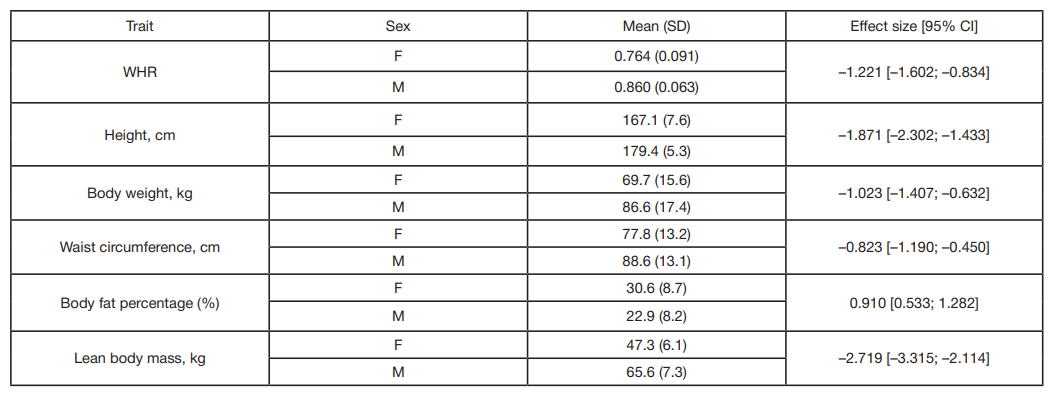
This article is an open access article distributed under the terms and conditions of the Creative Commons Attribution license (CC BY).
ORIGINAL RESEARCH
Association of local bioimpedance analysis of the abdominal region with morphological and biochemical traits
1 Lopukhin Federal Research and Clinical Center of Physical-Chemical Medicine of the Federal Medical Biological Agency, Moscow, Russia
2 Pirogov Russian National Research Medical University, Moscow, Russia
Correspondence should be addressed: Elvira A. Bondareva
Malaya Pirogovskaya, 1а, Moscow, 119453, Russia; moc.liamg@e.averadnob
Funding: the study was supported by the Russian Science Foundation (RSF grant No. 22-75-10122).
Author contribution: Bondareva EA — study design, statistical analysis, manuscript writing; Leonov GE — conducting BIA; Parfenteva OI, Gadzhiakhmedova AN — ultrasound scan, statistical analysis; Arutiunian AA, Kovaleva ON, Bevziuk NA — anthropometric measurements, BIA, ultrasound scan; Shemyakov SE — literature review, manuscript writing; Kulemin NA — manuscript writing.
Compliance with ethical standards: the study was approved by the Ethics Committee of the Lopukhin Federal Research and Clinical Center of PhysicalChemical Medicine of FMBA of Russia (protocol No. 2022/12/06 dated 06 December 2022). All the examined individuals submitted the informed consent to participation in the study.
